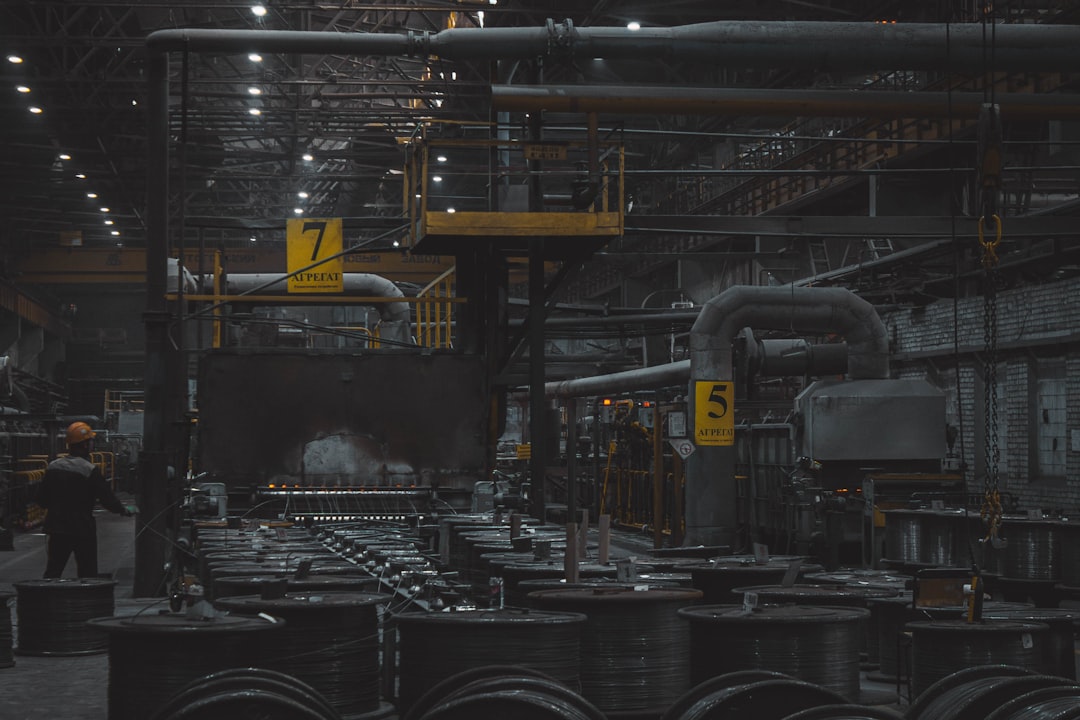body {
font-family: sans-serif;
line-height: 1.6;
}
h1, h2, h3 {
color: #333;
}
Steel is an indispensable material in the construction and operation of modern power plants, regardless of the energy source. Its strength, durability, and versatility make it a cornerstone of these complex and demanding engineering projects. This post explores the multifaceted role of steel in various power plant applications, examining its benefits, challenges, and future prospects.
1. Steel’s Structural Backbone: Supporting the Powerhouse
The sheer scale and complexity of power plants necessitate robust structural support. Steel’s high tensile strength and weldability make it ideal for constructing the plant’s framework. From the massive supporting structures of boilers and turbines to the intricate scaffolding used during construction, steel provides the necessary stability and load-bearing capacity. High-strength low-alloy (HSLA) steels, often employed in these applications, offer superior strength-to-weight ratios, minimizing material usage and reducing construction costs. The use of advanced steel fabrication techniques, such as Computer Numerical Control (CNC) machining and robotic welding, further enhances precision and efficiency in constructing these intricate steel structures, ensuring structural integrity and longevity.
2. Heat Resistance and Boiler Construction: Withstanding Extreme Temperatures
Power plants, especially those using fossil fuels or nuclear fission, operate under extreme temperature and pressure conditions. Boiler systems, the heart of many power plants, require materials capable of withstanding intense heat and corrosion. Specialized steel alloys, such as heat-resistant steels and stainless steels, are crucial in boiler construction. These alloys are designed to resist oxidation, creep, and degradation at high temperatures, ensuring the safe and efficient operation of the boiler system. The precise composition and heat treatment of these steels are critical factors determining their performance and lifespan, thus requiring meticulous quality control throughout the manufacturing and installation process. The selection of appropriate steel grades depends on the specific operating parameters of the boiler, such as temperature, pressure, and the presence of corrosive agents.
3. Turbine Components and Pressure Vessels: Precision and Reliability
Turbines, responsible for converting the high-pressure steam or gas into mechanical energy, are subjected to immense stress and centrifugal forces. Steel alloys with exceptional strength, toughness, and fatigue resistance are essential for the construction of turbine blades, shafts, and casings. Advanced manufacturing processes, including forging and precision machining, are employed to ensure the dimensional accuracy and surface finish required for optimal performance and longevity. Similarly, pressure vessels used to contain high-pressure steam or gas require robust steel construction, employing rigorous quality control and non-destructive testing (NDT) methods to guarantee structural integrity and prevent catastrophic failures.
4. Piping Systems and Fluid Handling: Ensuring Seamless Flow and Containment
Power plants utilize extensive piping systems to transport steam, water, fuel, and other fluids. Steel pipes, available in various grades and diameters, are widely used due to their durability, corrosion resistance, and weldability. The selection of appropriate steel grades depends on the fluid being transported and the operating conditions. For instance, stainless steel pipes might be preferred for applications involving corrosive fluids, while carbon steel pipes are suitable for less demanding applications. The integrity of these piping systems is critical for plant safety and efficiency, and therefore, rigorous quality control and regular inspection are essential.
5. The Future of Steel in Power Plant Integration: Sustainable Solutions and Innovation
As the energy sector transitions towards cleaner and more sustainable energy sources, the role of steel continues to evolve. Research and development efforts are focused on developing advanced steel alloys with enhanced properties, such as improved corrosion resistance, higher strength-to-weight ratios, and better recyclability. These advancements aim to improve the efficiency and lifespan of power plant components while minimizing environmental impact. Furthermore, the use of innovative steel fabrication techniques and digital technologies, such as 3D printing and advanced simulation tools, is expected to further optimize the design, construction, and maintenance of power plants, leading to more efficient and sustainable energy production.
The integration of steel in power plant construction is a testament to its enduring importance in modern energy infrastructure. Its versatility, strength, and durability make it a fundamental material in ensuring the safe, efficient, and reliable operation of power plants worldwide.
SEO-Friendly Tags:
- Power plant steel
- Steel in energy
- Power plant construction materials
- Steel alloys for power plants
- Sustainable steel in energy




